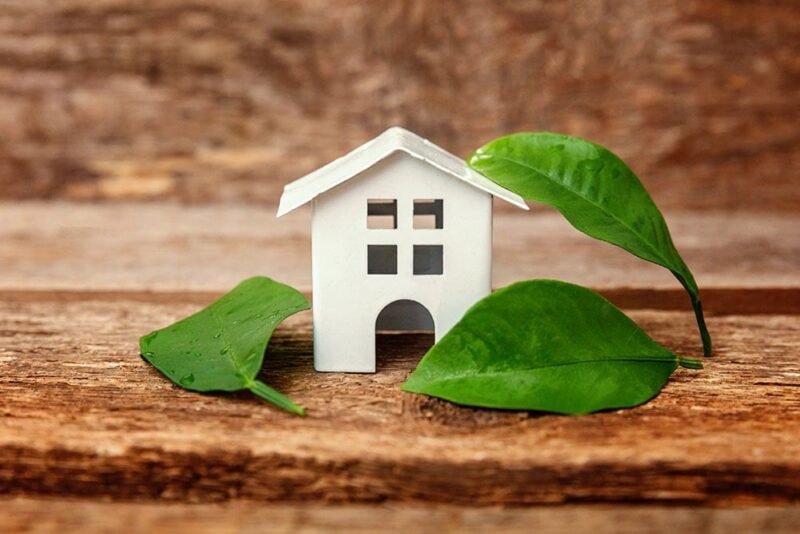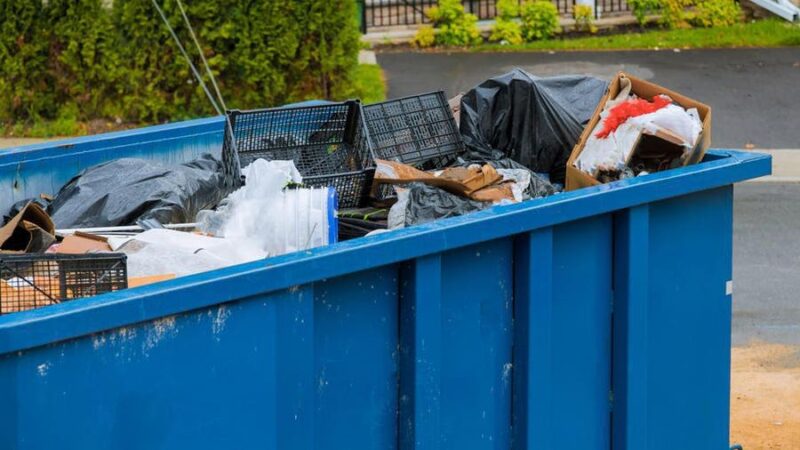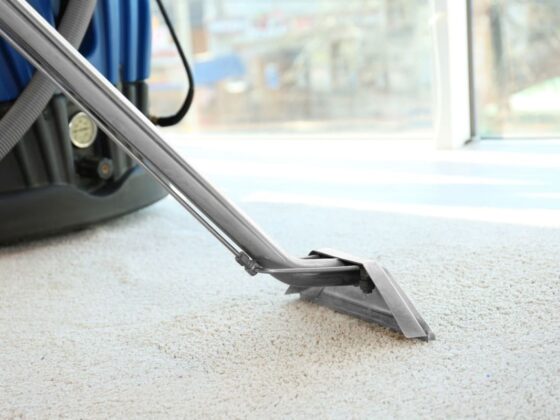Eco-friendly home renovations are essential to reduce ecological damage from wasteful resources and pollution. Sustainable practices aim to conserve energy, water and materials when transforming living spaces. An eco-conscious renovation scrutinizes even small decisions supporting vital ecosystems – from work site cleaning products to using renewable wood. Incorporating responsible handling processes into demolition plans and material choices converts renovation waste into ecological opportunities.
Importance of Eco-renovation

An eco-friendly home renovation transcends being a passing fad and signifies a pivotal shift in environmental stewardship. Humanity’s wastefulness and ecological neglect have long damaged the fragile ecosystems that sustain life. Integrating eco-conscious practices during home improvements allows one to meaningfully preserve the planet for posterity.
Eco-renovations aim to responsibly use natural resources, decrease waste, recycle materials, and cultivate healthy spaces. This exceeds merely selecting green paints or sustainable bamboo floors. A comprehensive assessment of how each choice affects the earth is compulsory. An eco-renovation weighs lifecycle impacts – not just installation costs, but long range environmental implications.
Transitioning dwellings to be ecologically habitable is instrumental in protecting threatened ecologies that humanity relies upon. As eco-renovations become normalized, they propel wider adoption of environmentally friendly infrastructure.
Navigating Renovation Waste
Waste management poses one of the major challenges for green home renovations. Construction and demolition debris constitutes over 35% of all landfill contributions annually. Knowing what comprises this waste stream allows better handling.
Typical renovation waste includes drywall, wood, metals, plastic, carpeting, bricks, concrete, wiring and plumbing pieces. Proper sorting and disposal methods exist for these materials, but require contractor education to avoid illegal dumping or unnecessary landfilling. Homeowners should verify teams understand local codes and services for managing different waste types. Characterizing waste by composition and volume enables smarter planning and diversion tactics.
Strategic waste sorting keeps valuable materials circulating through reuse and recycling programs instead of sentenced to decomposition and methane emissions in landfills. Salvaged metals and wood can generate income while avoiding consumption of new goods using virgin resources. Some municipalities even offer recycled content requirements and tax incentives benefiting eco-minded renovators.
Same Day Rubbish Removal

Efficient renovation waste management hinges on removing rubble immediately instead of accumulating debris over a project’s duration. Services like Same Day Rubbish Removal prevent contamination of soils and waterways in the home’s surrounding environment. Eliminating materials swiftly also increases safety by keeping work zones cleaner and less cluttered.
Setting debris removal processes early in planning can encourage upstream waste prevention as workers consciously minimize packaging and scraps understanding their responsibility for prompt site clearance. Some contractors charge fees when their teams handle junk carry-out, so homeowners able to self-manage this task reap financial and environmental savings.
Separating Recyclable Materials
Rather than force all waste into landfills, responsible renovators should pre-sort discards destined for recycling streams. Typical renovation recyclables include metals, untreated wood, glass, select plastics and cardboard. Material specific bins onsite encourage proper segregation by tradesmen. These get hauled directly to municipal recycling processors or scrap dealers.
Ensuring recyclable purity means meticulously keeping them separate from materials contaminated with nails, paints, paper or other undesirables heading towards refuse dumps. Loads mixing trash with recyclables often get fully rejected – losing environmental and economic savings.
Furniture and Fittings Disposal
Kitchen overhauls quickly make old cabinets seem undesirable, yet these fixtures may prove perfectly suitable for alternative uses. Similarly, dated ornate sinks often get discarded during bathroom renovations simply due to style preferences. Responsible renovators should refrain from hastily consigning old furnishings and fittings to the scrap heap.
Refurbishing companies gladly rescue, reinvent and resell attractive vintage items in good condition rather than demanding newly fabricated versions. Nonprofits running vocational programs welcome donated products to practice restorative techniques for workforce training too.
Local circular economy groups connect used goods with new owners, while some contractors allow clients to request custom builds incorporating elements rescued from room reconfigurations. This resource conservation upholds sustainability.
Eco-Conscious Building Material Choices

The renewable materials movement provides eco-friendly options for every renovation need – from framing lumber to finishing trims. While cost and availability barriers persist in some regions, consumers increasingly demand sustainable products benefitting ecosystems.
Salvaged woods, recycled plastics and countertops forged from sustainable paper-stone offer durability with smaller eco-footprints. Using materials dominantly harvested regionally or containing high recycled content helps reduce carbon emissions from long distance transport too.
Obtaining certifications confirming responsible sourcing demonstrates environmental stewardship for conscientious clients. Whether opting for formal eco-labels like Forest Stewardship Council or self-declared upcycled and non-toxic traits, verifies progress towards renovations supporting ecological regeneration rather than depletion.
Benefit of Reusing Materials
Beyond environmental gains, reusing salvaged goods also makes smart economic sense. From a cost perspective, harvesting quality items from deconstruction circumvents expenses of newly quarried and fabricated materials. Reusing even seemingly mundane items like door knobs or decorative registers preserves cultural heritage through appreciating existing craftsmanship instead of sending vintage charm to the scrapyard.
Installing reclaimed wood, recycled glass tiles or other non-conventional finishes lends unique aesthetic signatures with patina unable to mass produce. Character matters more to some rather than pursuing cookie cutter designs with fresh-off-the-shelf products. When existing items sport premium features difficult to reproduce affordably today, reuse clearly rehabilitation clearly trumps replacement.
Invite Green Construction Practices
Home renovation projects generate nearly double the carbon emissions of new builds per square foot. Controlling environmental impacts requires careful process and partner choices. Responsible renovators select eco-conscious contractors who target net zero job sites using innovative tactics: solar powered tools preventing energy waste, advanced weatherization techniques lowering operational loads, good site husbandry reducing water usage, and strict runtime limits on loud equipment minimizing noise pollution.
Some available programs offer holistic guidance and third party verifications for green renovations meeting sustainability benchmarks around waste diversion percentages, responsible material selections, and conservation focused systems. Whether pursuing formal certifications like LEED, PassiveHouse or Living Building Challenge, or simply self-directed planet-positive contractor preferences, renovation choices steer towards regeneration or devastation.
Paper and Cardboard Recycling Techniques

Sorting paper and cardboard waste into designated recycling streams keeps these materials circulating responsibly. Most municipal programs accept clean cardboard, newspaper, magazines and copy paper to reprocess into new usable goods instead of taking up precious landfill space where slow decomposition emits methane pollution.
For bulky cardboard waste from appliance or furniture unboxing, some contractors bring dedicated dumpsters specifically for recyclable cardboard collection separated from general refuse. Homeowners tackling small DIY projects may haul tidy cardboard bundles to drop-off depots themselves.
Effectively Handle Electronic Waste
In addition to traditional construction and demolition waste streams, the rising reality of electronic waste poses increasing environmental disposal issues. Outdated appliances, devices, batteries and cabling contain heavy metals requiring specialized end-of-life management.
Improperly handled electronics leach toxins threatening environmental and human wellbeing. Donating working electronics for reuse keeps them circulating responsibly while underprivileged groups gain technologies otherwise unobtainable.
For devices beyond refurbishment, accredited e-waste handlers like these adhere to strict procedures for safely extracting valuable components before neutralizing harmful constituents. Whether reusing, recycling, refabricating or responsibly burying e-waste, specialized handlers prevent dangerous uncontrolled dumping.
Closing Thoughts
Every eco-renovation decision represents opportunities for transforming living spaces through planet-conscious choices – fostering ecological regeneration rather than reckless resource depletion.
As environmental conscientiousness keeps growing, properly handling renovation waste responsibly through recycling and reuse programs proves vital for preserving the shared ecosystems sustaining this generation and those to come.


